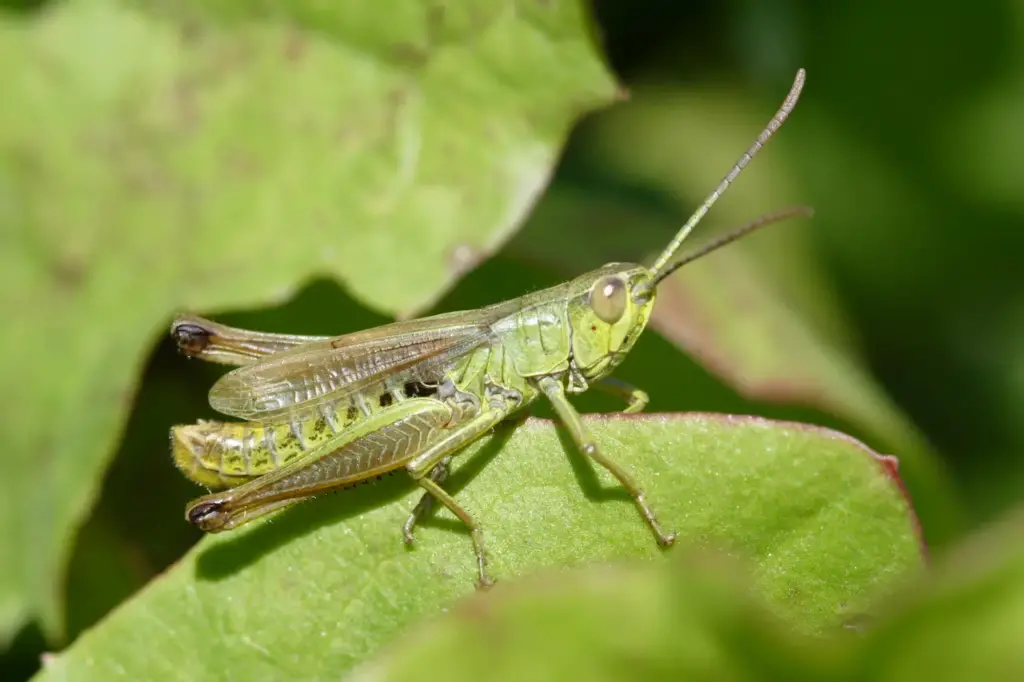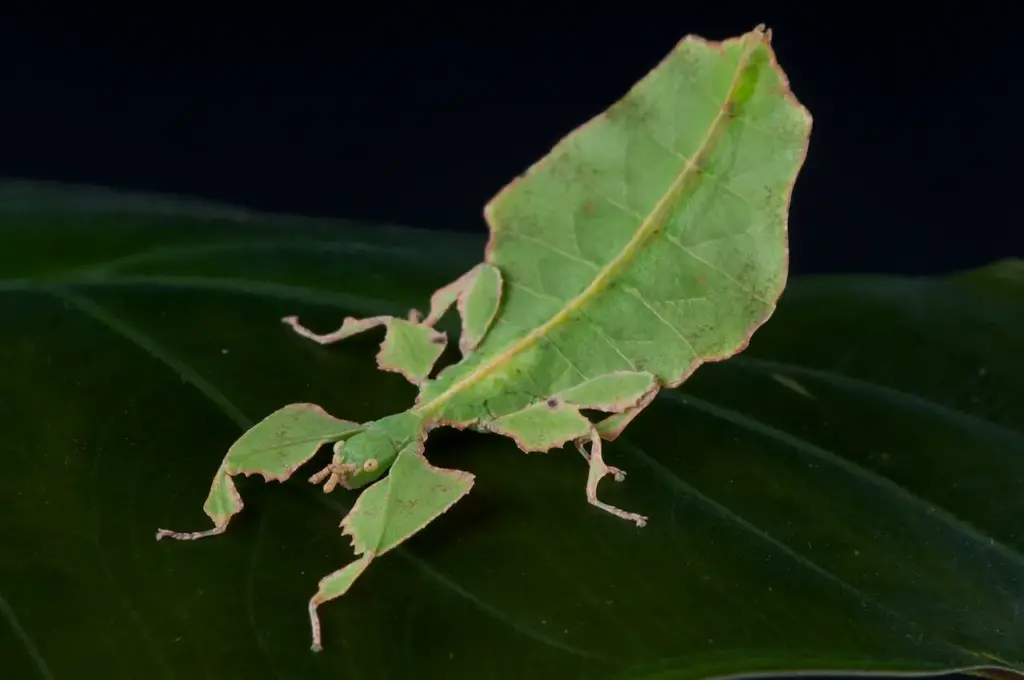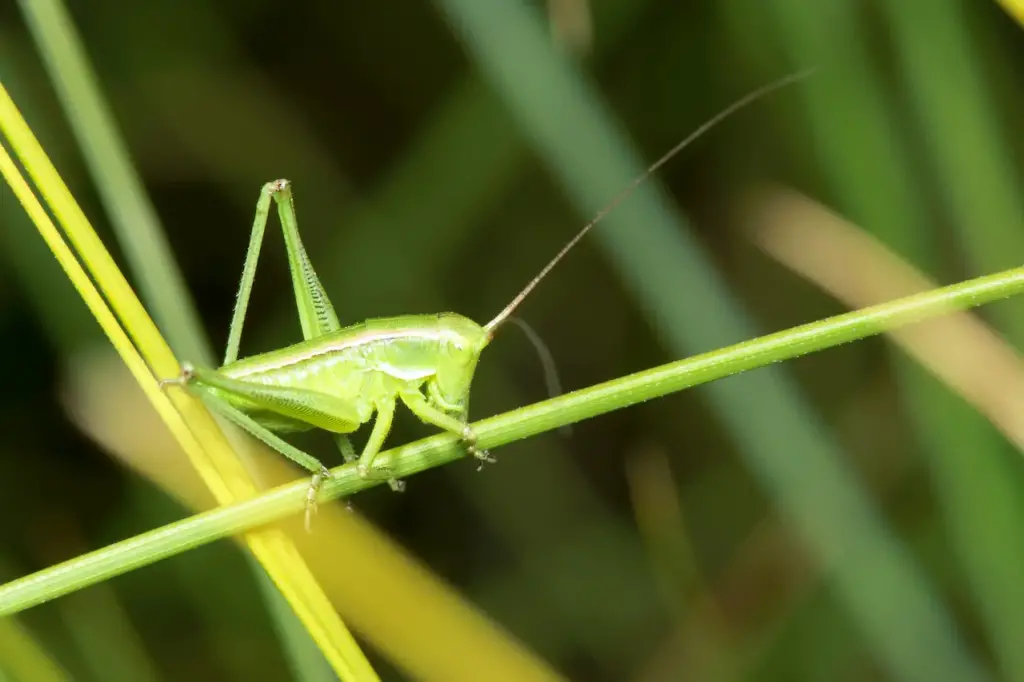What Eats Insects?
Categories
- Accipitridae (1)
- Acrididae (1)
- Algae (2)
- Alligatoridae (1)
- Amoebidae (1)
- Amphibians (3)
- Anatidae (1)
- Anguillidae (1)
- Arachnids (2)
- Bears (2)
- Big Cats (3)
- Birds (13)
- Bovidae (5)
- Bufonidae (1)
- Camelids (1)
- Cameras (1)
- Canines (13)
- Caridea (1)
- Carnivora (10)
- Castoridae (1)
- Cats (5)
- Cebidae (1)
- Cephalopod (1)
- Cervidae (2)
- Cetacean (1)
- Chondrichthyes (1)
- Crocodilia (2)
- Crustaceans (4)
- Culicidae (1)
- Cyaneidae (1)
- Dasypodidae (1)
- Dasyurids (1)
- Deer (1)
- Delphinidae (1)
- Desktop (1)
- Didelphidae (1)
- Dinosaurs (1)
- Dogs (13)
- Dolphins (2)
- Echinoderms (1)
- Education (10)
- Elephantidae (1)
- Equine (1)
- Erethizontidae (1)
- Erinaceidae (1)
- Farming (1)
- Felidae (5)
- Fish (5)
- Food Chain (31)
- Food Web (2)
- Formicidae (1)
- Frugivore (1)
- Gaming (1)
- Gastropods (1)
- Giraffids (1)
- Great Apes (2)
- Health Conditions (3)
- Herbivore (4)
- Hi-Fi (1)
- Hippopotamidae (1)
- Hominidae (1)
- Insects (10)
- Invertebrates (2)
- Keyboards (1)
- Laptops (1)
- Leporidae (1)
- Mammals (23)
- Marsupials (4)
- Mephitidae (1)
- Microchiroptera (1)
- Mollusks (2)
- Mongoose (1)
- Muridae (1)
- Nocturnal Animals (1)
- Odobenidae (1)
- Omnivore (2)
- Phasianidae (1)
- Phocidae (1)
- Plankton (1)
- Plants (2)
- Primate (1)
- Ranidae (1)
- Reptiles (7)
- Rhinocerotidae (1)
- Rodents (5)
- Salamandridae (1)
- Scarabaeidae (1)
- Sciuridae (2)
- Sharks (1)
- Shellfish (1)
- Sound (1)
- Spheniscidae (1)
- Suidae (1)
- Superfamily Papilionoidea (1)
- Theraphosidae (1)
- What Eats (5)
Insects are a major part of the global food chain. They provide an important food source for many animals while also feeding on plants and other smaller insects themselves.
Understanding what eats insects and what insects eat can provide useful insight into broader ecological systems.
What Eats Insects?
Many different types of animals consume insects like termites as a primary or supplemental food source.
Table of Contents
ToggleHere are some of the main insect predators
Birds
Birds eat massive quantities of insects. Sparrows, robins, chickadees, swallows, and other backyard birds feast on insects like flies, mosquitoes, beetles, caterpillars, ants, bees, and more. Birds help control insect populations and some species specialize in catching insects on the wing. If birds eat insects, what eats birds?
Bats
Bats fill the nighttime niche vacated by birds, voraciously consuming insects. A single bat can eat over 1,000 mosquito-sized insects in one hour. Bats help control pest populations of moths, flies, beetles, and more. Some bats are generalist insect eaters while others target specific prey. If bats eat insects, what eats bats?
Spiders
Spiders are cunning insect predators. Orb weaver spiders spin sticky webs to trap flies and other insects while jumping spiders and wolf spiders actively hunt insect prey. Spiders control populations of many nuisance insects like mosquitoes, house flies, and clothes moths. If spiders eat insects, what eats spiders?
Amphibians and Reptiles
Frogs, toads, lizards, and snakes all consume insects. Sticky tongues allow frogs and toads to grab flies, caterpillars, beetles, ants, and other insect prey. Small lizards and snakes eat insects like crickets, grasshoppers, beetles, and caterpillars.
Fish
Many fish species feed on insect larvae and adults that fall into the water. Trout, bass, bluegills, and catfish will strike at water striders, mosquitoes, mayflies, and other aquatic insects. Fish help regulate dragonfly, mosquito, and midge populations.
Mammals
Insectivorous mammals like shrews, moles, hedgehogs, anteaters, and aardvarks have specialized diets of insects. They consume ants, termites, beetles, grubs, and other insect prey. Bats are also mammals that eat insects. Even some primates like tamarins eat insects.
Carnivorous Plants
Plants like Venus flytraps, pitcher plants, and sundews lure, trap, and digest insect prey like flies, beetles, and ants as supplemental nutrient sources. These fascinating plants inhabit nutrient-poor soils and evolved insect-eating adaptations.
Other Invertebrates
Many other invertebrates like centipedes, ground beetles, robber flies, praying mantises, and dragonflies kill and eat insects. Insect cannibalism is also common, with predatory insects eating smaller individuals of their own or similar species.
What Do Insects Eat?
Just as insects form a vital food staple for many larger animals, they feed on a diverse array of food sources themselves. Different insects have adapted to eat different things.
Decaying Organic Material
Some insects are decomposers, feeding on rotting plant material like leaf litter and dead wood. Termites, burying beetles, and many fly larvae help recycle nutrients back into the ecosystem by consuming decaying matter.
Living Plants
Many insects are herbivores, feeding on living plant materials. Caterpillars, grasshoppers, cicadas, aphids, scale insects, leafhoppers, and many beetles eat leaves, stems, roots, sap, seeds, and pollen from plants. This can make them agricultural pests.
Wood
Carpenter ants, termites, beetle larvae, and some other insects tunnel into and consume wood. This helps break down trees and aids nutrient cycling in forests. Some insects only eat dead wood while others attack living trees as well.
Blood
Blood-feeding insects include mosquitos, biting midges, blackflies, fleas, lice, bedbugs, kissing bugs, and horseflies. They pierce animal skin to suck blood for protein and iron. Blood-feeding is limited to female insects who need blood meals to produce eggs.
Other Insects
Many predatory insects eat other insects. Dragonflies, robber flies, assassin bugs, ground beetles, and spiders capture and consume insect prey like flies, aphids, caterpillars, beetles, and ants. This helps regulate insect populations.
Carrion
Some insects feed on dead animals. Carrion beetles, blowflies, and flesh flies consume decaying carcasses and help break them down. Dung beetles eat the feces of herbivores like cattle and deer.
Fungi
Many insects have symbiotic gut bacteria that allow them to digest tough materials like wood. Some beetles and flies rely on fungi for nutrients and disperse fungal spores. Certain ants even farm fungi in their nests as a food source.
Nectar and Pollen
Bees, butterflies, moths, and some beetles feed on the nectar and pollen of flowering plants. This provides them with energy while also aiding in plant pollination. Plants provide these nutritious insect rewards in exchange for the transfer of pollen.
Fruits and Seeds
Some insects feed on ripe fruits and seeds. Fruit flies feed on rotting, fermented fruit. Longhorn beetles, weevils, and locusts eat the hard seeds and pits of various plants, helping disperse seeds.
Frequently Asked Questions
What are the most common insect predators?
The most common predators that eat insects are birds, bats, spiders, amphibians like frogs and toads, reptiles like lizards and snakes, fish, and other predatory insects. Insect-eating mammals like shrews, moles, anteaters, and hedgehogs also consume large numbers of insects.
What prey do insect-eating birds prefer?
Many birds are opportunistic insectivores and eat any small insects they can capture. But some favorites include beetles, caterpillars, ants, grasshoppers, flies, mosquitos, aphids, midges, crickets, and leafhoppers. Aerial insectivores like swallows favor flies, mosquitos, and other flying bugs.
Why are bats such effective insect predators?
Bats are highly adapted for hunting insects at night. They use echolocation to detect tiny insect prey and scoop them up with precise changes in flight direction. Bats also eat huge numbers of insects relative to their body size, consuming over half their weight in bugs each night.
How do insects help carnivorous plants like Venus flytraps?
Carnivorous plants grow in nutrient-poor soils and get supplemental minerals, nitrogen, and phosphorus by eating insects. Trapped insects provide these plants with vital nutrients for growth and reproduction. The plants in turn provide habitat for insects.
What plant pests do insect herbivores damage?
Many insect herbivores are agricultural pests or attack valued ornamental plants. Caterpillars, aphids, beetles, and other bug eaters can damage food crops like corn, soybeans, cotton, and cherries as well as landscape plants. Sucking insects extract juices while chewing bugs eat leaves and stems.
Why do some insects feed on blood?
Only female insects feed on blood, which provides the protein and iron needed to produce eggs. Mosquitos, fleas, lice, and other blood-feeders have mouthparts adapted for piercing animal skin and sucking blood. Blood meals trigger egg production. Males do not blood feed.
What do predaceous ground beetles eat?
Ground beetles are common garden predators that eat a variety of small insects and arthropods. They attack caterpillars, grubs, aphids, maggots, thrips, fleas, and other soft-bodied bugs. Ground beetles provide natural biocontrol for many pest insects.
Do insects benefit ecosystems by decomposing matter?
Yes, insects like termites, burying beetles, and fly larvae help recycle decaying plant and animal matter. They release key nutrients like nitrogen and phosphorus back into the soil to support new plant growth. Along with bacteria, they are key decomposers.
Conclusion
Insects form a critical link in food chains worldwide. They are consumed by a wide array of insect predators while also feeding on diverse food sources themselves.
Understanding these complex ecological relationships provides important insight into healthy ecosystem function. Insects are integral to energy and nutrient flows that support all life on Earth.



